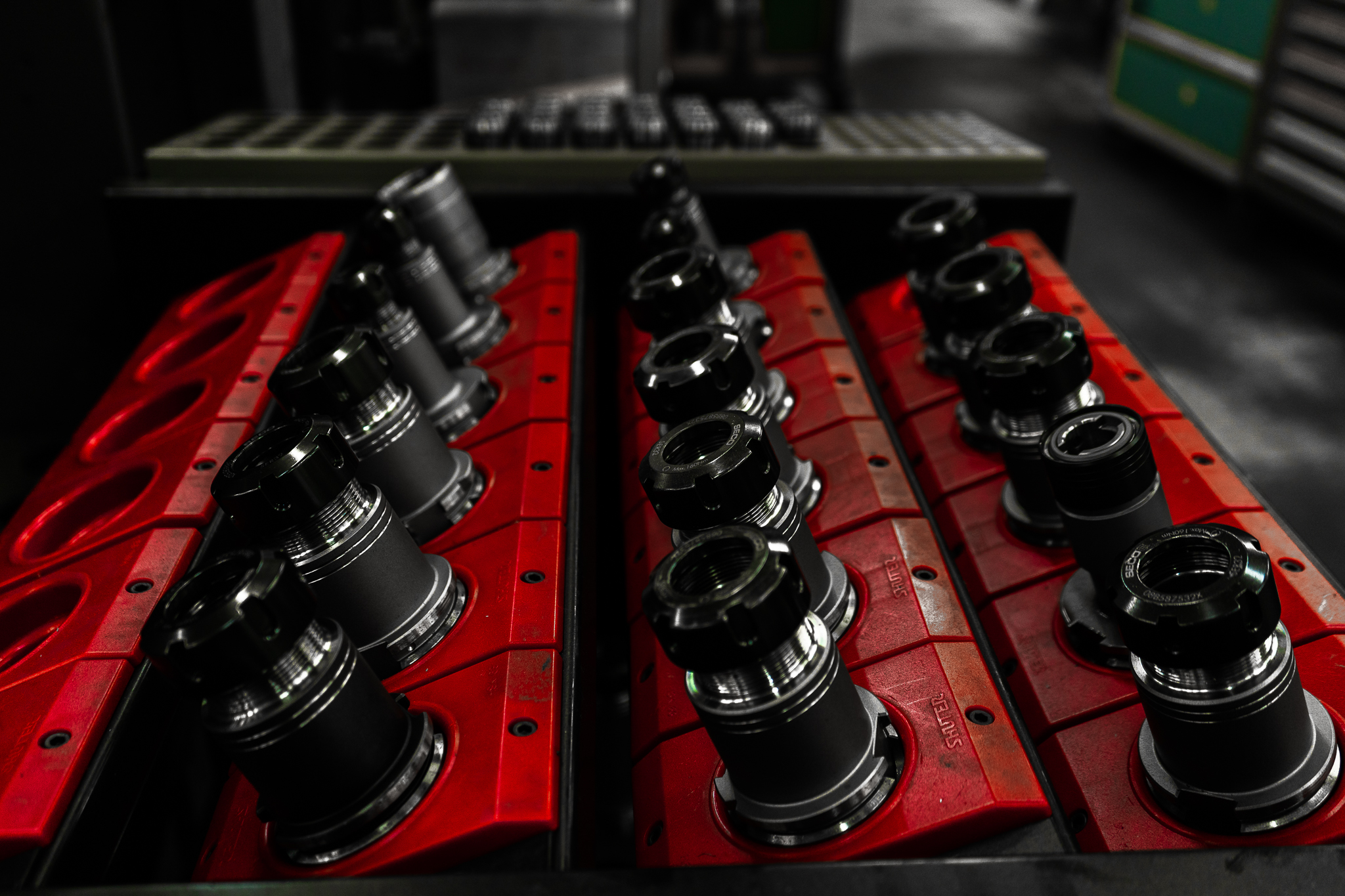The Evolution of Machining: From Antiquity to the Digital Age
Machining has come a long way over the centuries. The earliest traces of machining date back to antiquity, when craftsmen used rudimentary tools to shape materials such as wood, stone, and metal. However, it was only around 700 BC that we saw the emergence of the first lathe used to create metal parts. However, these early machining methods were very limited in terms of precision and repeatability, as the results depended on artisanal skills.
The Era of Machining Automation
It was in the 18th century that we began to see automation entering the machining industry. Steam-powered machines were introduced to perform certain machining tasks. However, this system was still quite rudimentary and did not allow for a wide variety of processes. In the 19th century, with the Industrial Revolution, we witnessed a surge in mechanized machining. The advent of machine tools such as lathes and milling machines became key elements in the manufacturing industry. This development allowed for the mass production of parts with increased precision.

The Era of Numerical Control
The real turning point in history came in the 1940s and 1950s with the introduction of Computer Numerical Control (CNC). The first CNC machines used a system of punched tapes to transmit instructions to the machines. Instructions were encoded on a punched tape, and the machine would then follow these perforations to carry out complex operations. This change opened the way for unprecedented precision and cost-effectiveness.
The Shift to the Digital Era
With the advent of digital computer processing, new doors for machining opened up. Computers could generate complex numerical codes to guide CNC machines in their process, allowing for increased flexibility and precision. This transition made the process more accessible and adaptable to industry needs. Today, the industry continues to evolve continuously. With the integration of cutting-edge technologies such as 3D printing, which revolutionizes manufacturing by enabling the creation of complex parts in a single step. Additionally, with the Internet of Things (IoT) connecting CNC machines and enabling real-time monitoring, data collection, and process optimization, it is revolutionizing the machining industry.
